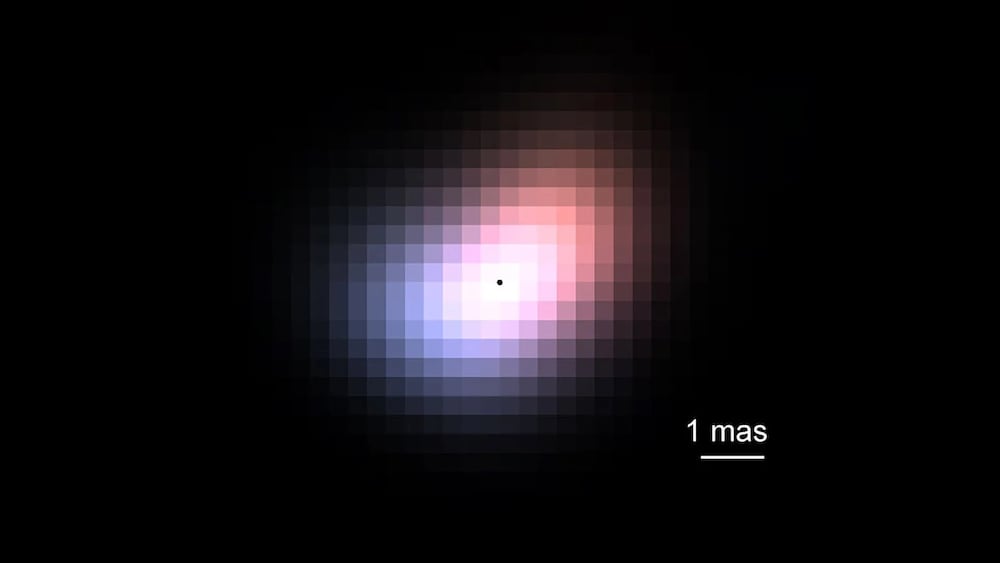A Fibre Optic Breakthrough Reveals the Universe in Sharper Detail

Astronomers have discovered a clever way to make a single telescope capture sharper details than should be physically possible. The technique involves feeding starlight through a special optical fibre called a photonic lantern. Anyone else thinking of a certain glowing green lantern from a movie? Alas not, instead of special powers, it splits light according to its spatial patterns like separating a musical chords into individual notes. The researchers achieved resolution that has never been achieved before without linking multiple telescopes together. When they tested the technique on a star 162 light-years away, they not only proved it works but stumbled upon an unexpected discovery, that the star’s surrounding gas disc is mysteriously lopsided.
Universe Today
Go to Source
Comments are closed, but trackbacks and pingbacks are open.